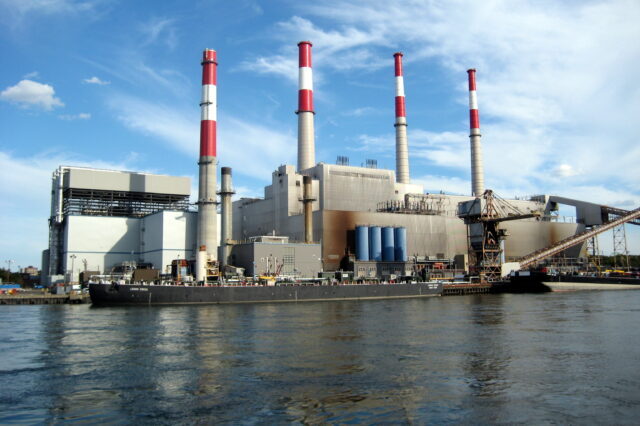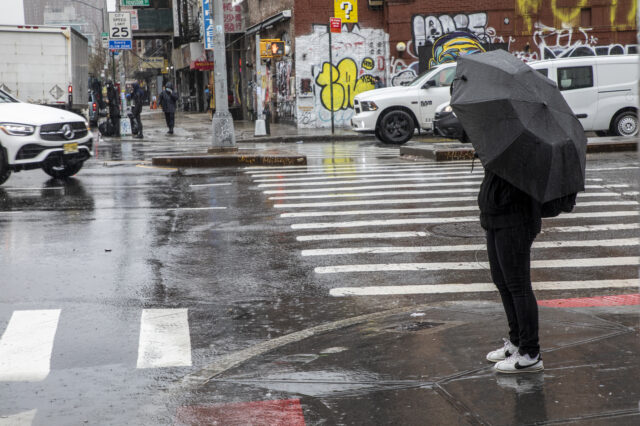Impacts of Chronic Tidal Flooding
Homes and apartment buildings in areas exposed to chronic flooding could become unsafe for residents, and flooding can damage homes and people’s belongings. Building materials that are exposed to chronic tidal flooding may retain moisture, which, left untreated, can cause mold to develop and expose residents to respiratory diseases.
New Yorkers, particularly older residents and those with limited mobility, could also face challenges accessing health services and other services, because increasingly frequent chronic flooding impacts their ability to move around the neighborhood and access critical services. Salt water from higher tides can also corrode infrastructure and permanently damage electrical equipment. This can have longstanding impacts in the city. Community facilities, such as libraries and senior centers, may become temporarily unusable during future high-tide events and face long-term repair and construction fees.
Persistent flooding threatens businesses in low-lying areas of New York City. Chronic tidal flooding in commercial areas could lead to building damage and even force business owners to close and relocate. For small businesses that depend on a local clientele, a reduction in foot-traffic during periods of chronic flooding may cut into the business’s profit margins or viability. A relocation may mean starting a business all over again.





